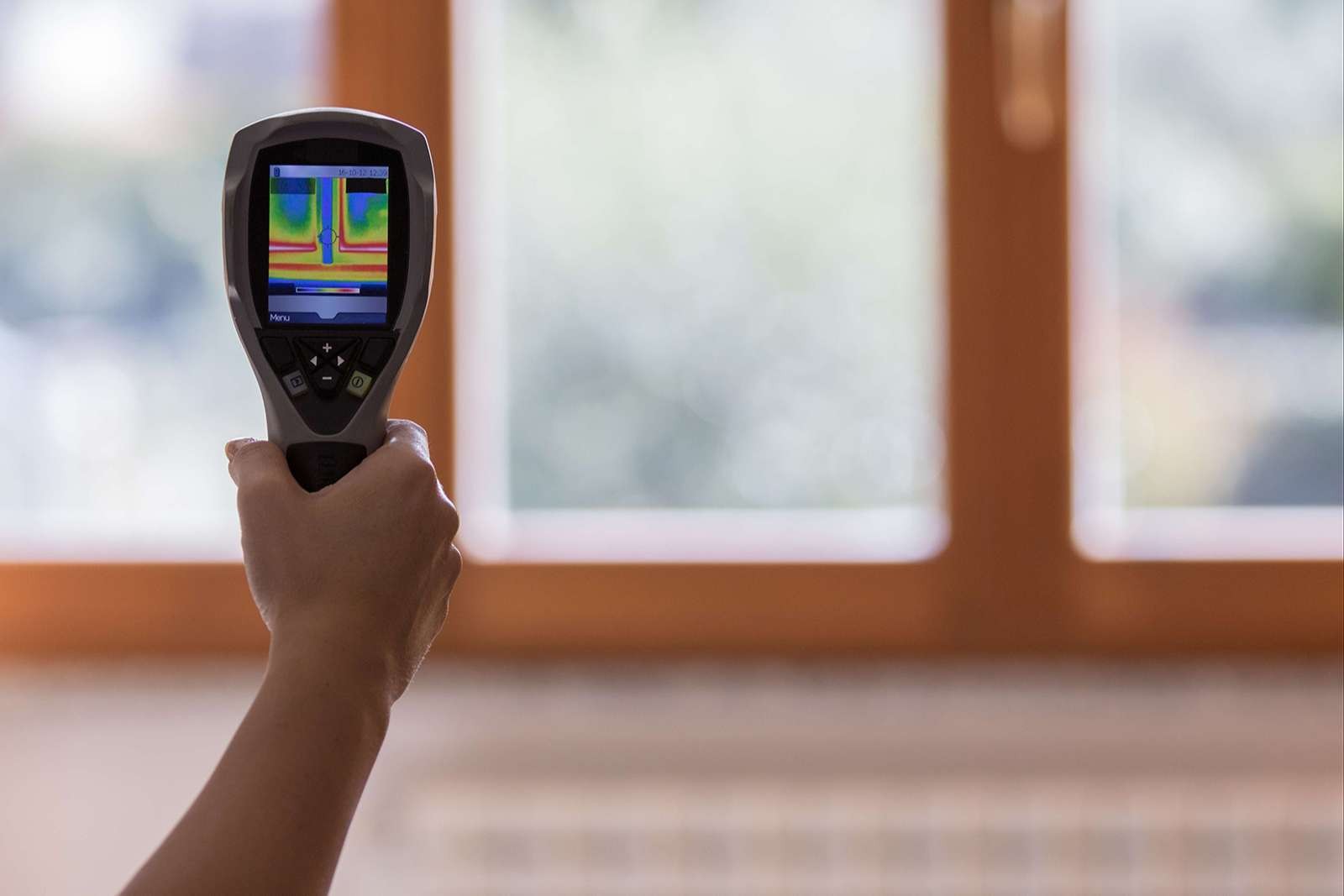


Expert Overview
- Energy efficiency refers to windows that help homeowners save money on utilities while also protecting the environment, while energy performance ratings are specific numbers determined by an independent agency.
- 4 separate factors determine energy ratings: air leakage, solar heat gain coefficient, U-Factor, and visible transmittance.
- Your window replacement sales representative should be able to explain what makes windows more energy efficient, and the benefits of energy-efficient windows.
A key reason you might be shopping for replacement windows is that your old windows aren’t energy efficient. In other words, they let the heat in during the summer and the cold in during the winter. They protect against neither sun nor wind, and lack insulation.
You know that new windows will do a better job protecting against the elements, but what exactly makes them do a better job? And what determines how well they do that job?
Because we make each part of the window, and because we’ve been studying energy efficiency for the past six decades, we understand exactly what factors go into creating better energy efficiency.
However, we realize that it can be confusing for consumers, because there are so many different terms. So let’s review two basic concepts that are important to understand as you begin your journey towards new windows.
Energy-efficient windows. Energy efficient is a broad term that describes windows that help homeowners save money on utilities while also protecting the environment. Learn more about energy efficiency.
Energy performance ratings. These ratings are the measurement of a window's energy efficiency, as determined by the National Fenestration Rating Council (NFRC). Learn more about energy performance ratings.
Glossary of window energy efficiency terms
Many factors go into determining how energy efficient a window is, and what kind of rating it has. There is a careful science behind the ratings, and we have several articles that go into greater depth on this science. Follow the links to learn more about any of these concepts.
Air leakage. Air leakage is one of the measurements that makes up a window’s energy performance rating. It’s measured in cubic feet-per-minute, with lower numbers signifying less air leakage. Today's windows tend to be highly leak resistant. (Learn more about energy performance ratings.)
Argon gas. Argon is the clear, non-toxic gas that is found between panes of glass to provide insulation. Learn more about argon gas.
ENERGY STAR. This EPA program helps consumers buy energy-efficient products, save money, and protect the environment. The ENERGY STAR certification comes from the SHGC (solar heat gain coefficient) and U-factor. (Other energy performance measurements covered in this glossary include visible light transmittance and air leakage, both of which are found on the NFRC window labels.)
Low-E glass. Low-E glass has a coating that helps deflect UV rays, keeping heat out of the house during the summer. Low-E glass also helps keep heat in the home during the winter. Read more about Low-E glass.
National Fenestration Rating Council (NFRC). This is a third-party nonprofit organization used by the ENERGY STAR program to rate products for energy efficiency.
R-Value. R-Value measures the ability to stop heat transfer (essentially, heat escaping). Doors, windows, roofs, and walls all have R-Values. The higher the number, the better.
Solar heat gain coefficient (SHGC). Another one of the measurements that makes up a window’s energy performance rating, SHGC is a window's ability to block heat-producing rays. It’s based on a scale of zero to 1, and as with U-factor, lower numbers are better. A low SHGC number is especially important in hot-weather climates where most home energy usage is spent on cooling. (Learn more about energy performance ratings.)
U-Factor. U-Factor is another one of the measurements that makes up a window’s energy performance rating. It refers to the conduction of the flow of heat, and the scale runs from zero to 1, with lower numbers being better. Read more about U-Factor and why it matters. (Learn more about energy performance ratings.)
UV rating. UV rating is a measurement of UV protection. Harmful UV rays can fade furniture, carpet and drapes.
Visible transmittance. The final measurement that makes up a window’s energy performance rating, visible transmittance tells you the amount of visible light that makes it through the window. Ideally, a window has a high visible transmittance with a low solar heat gain, so that the room gets light without becoming hot and uncomfortable. (Learn more about energy performance ratings.)
Read next: How can energy-efficient windows save you money?
